Where is Mama c. 1960 : The birth of paper cutting, paper folding, and ink-wash animation
Te Wei is unlike anyone else that had a major impact on animation. The cartoonist and animator did not come to the medium out of passion for the art or a desire to further innovate it; rather, Wei entered the world of animation because a government official ordered him to.
A year after being hired by his China’s Ministry of Culture to run the animation division of Changchun Film Studio, he, along with a number of artists, moved to Shanghai to form the Shanghai Animation Studio, where together they would pioneer three new animation techniques: paper cutting, paper folding, and Wei’s speciality, ink-wash animation.
Wei and his staff would develop the technique after being challenged by Chen Yi, a high-ranking government official, to create a short that resembled the water color paintings of Qi Baishi, who had just passed away. Astoundingly, they met the challenge on their initial attempt, the seemingly simple Where Is Mama both dazzled and baffled animators around the world, as no one could pin down exactly how Wei and his team at SAFS crafted the beautiful short, whose influence is still being seen in China today — look no further than the opening of 2018’s White Snake.
Chinese animation has such a rich history but has had to overcome many hurdles thanks to government interference or indifference. There has not been a true ink-wash animated film since Wei’s final film, 1988’s Feeling From Mountain and Water, and with older animators not passing their techniques to younger generations, because of a lack of financial support from the government and the most talented animators being acquired by American and Japanese animation studios, there are real fears that the technique Wei help pioneer will soon fade into history. As with all aspects of life, communism has effectively killed the art.
https://www.vulture.com/article/most-influential-best-scenes-animation-history.html
-
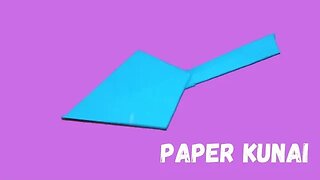 1:35
1:35
Art Eira
1 year agoMaking Minato Kunai From Paper - ( how to make a origami paper kunai )
5 -
 12:12
12:12
crioscrafts
2 years agoHow To Create Origami Hello Kitty - DIY Easy Paper Crafts
9 -
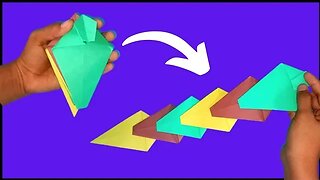 2:55
2:55
Art Eira
1 year agoHow to make paper MOVING Toys . DIY easy origami Toys . Making action origami models
5 -
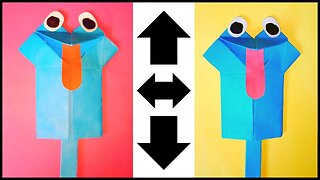 2:39
2:39
Art Eira
1 year agoHow to Make a Paper Moving Frog | Moving Paper Toys | Easy Paper Crafts
5 -
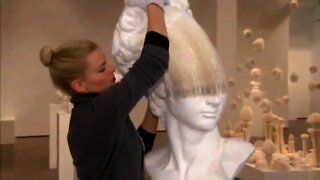 1:45
1:45
Earth Titan
7 years agoFlexible Paper Sculptures
19 -
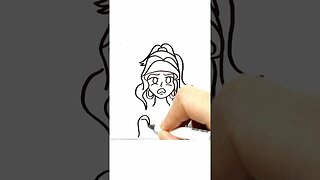 0:56
0:56
MaryVideos
9 months agoHow to Draw and Paint Barbie from the Movie in Manga Version
4 -
 2:08
2:08
Art Eira
1 year agoDIY Toy Paper Car - How To Make A Racing Paper Super Car - Easy Origami Craft Kids - Art Eira
-
 3:59
3:59
DIYHandmadeCrafts
1 year agoPaper Pac Man - How to Make Origami Pac-Man || Moving Paper Toy || Easy Paper Crafts
3 -
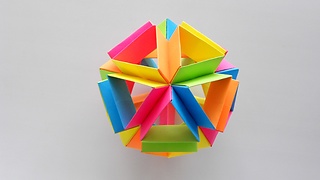 4:28
4:28
001MasikBonOrigami
5 years ago $4.97 earnedHe Folds Paper Squares To Make An Impressive Origami Icosahedron
12.3K -
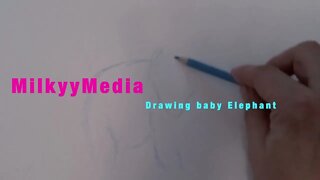 1:41
1:41
MILKYY
1 year agoSpeed Drawing | Baby Elephant | Colored Pencil | Milkyy-Media
6